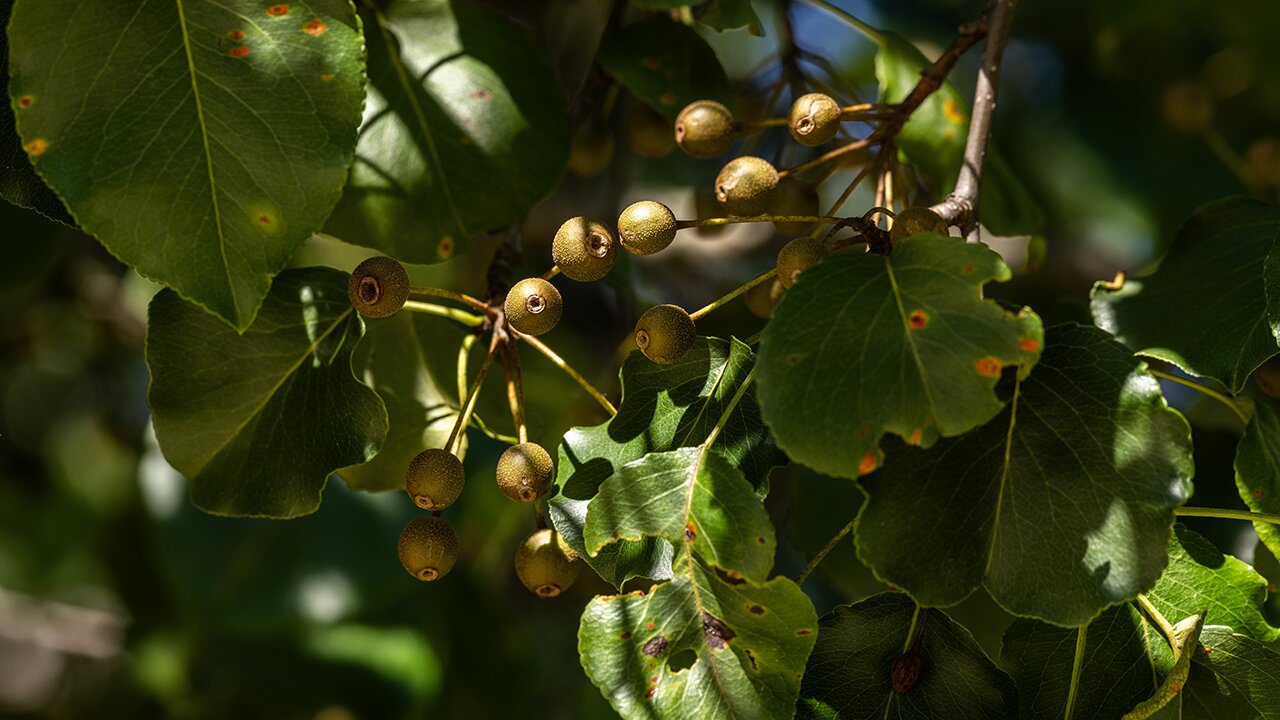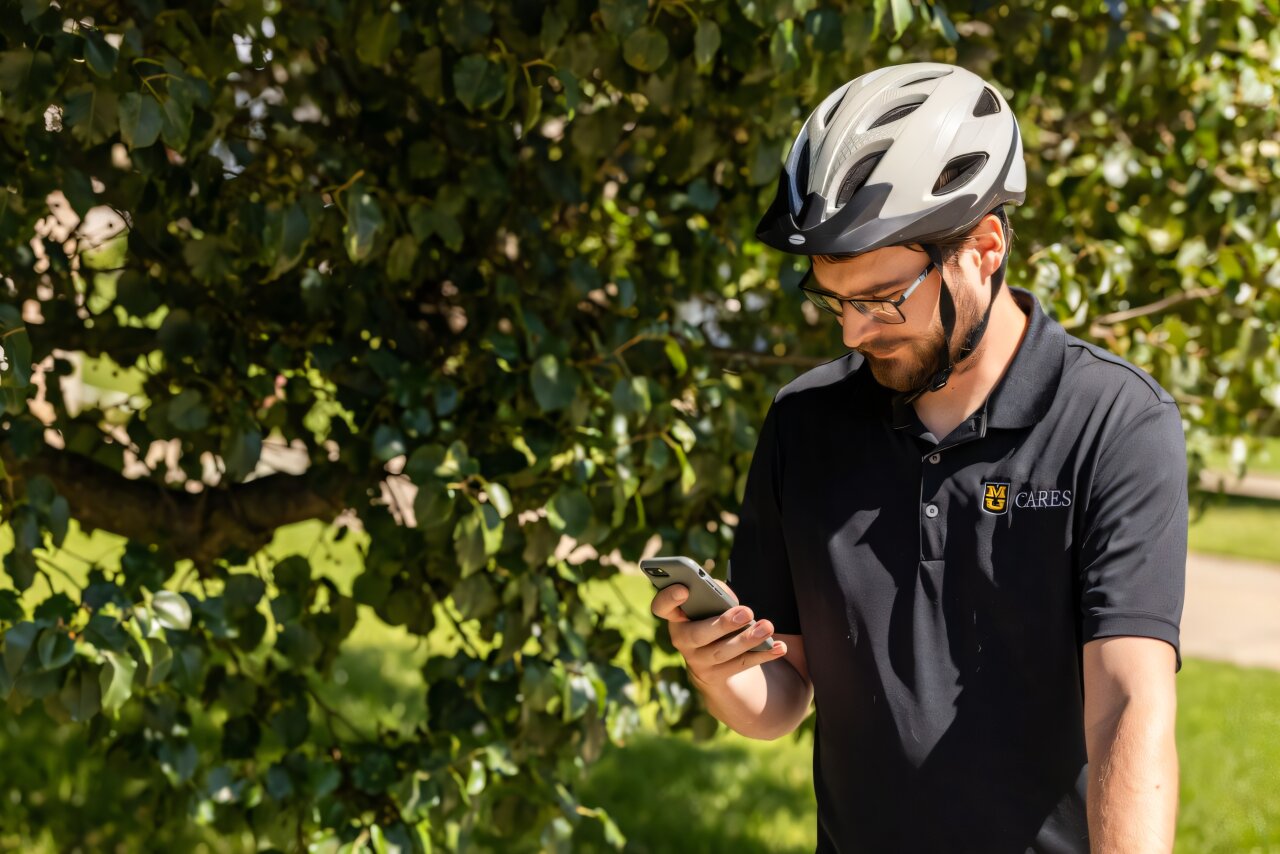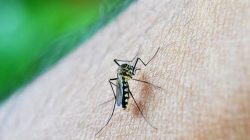Invasive plants are facing a new challenge. Motivated by the goal of preserving Missouri’s environments, a research group from the University of Missouri developed an affordable approach to monitor the expansion of invasive Callery pear trees in central Missouri—revealing their current locations and potential future spread.
Subscribe to our newsletterfor the most recent science and technology news updates.
These trees, recognized for their fast growth, environmental damage, and bad smell, have taken over vast areas of the Midwest and Eastern United States, displacing local plants and snapping easily in storms. As a result, Missouri’s lawmakers recently followed other states in prohibiting their sale.
Callery pear trees have recently started to spread into Missouri’s Mark Twain National Forest—a situation that caught Justin Krohn’s attention.
Currently, Krohn—a research project analyst and graduate student at Mizzou—is leveraging freely available satellite images for research, along with machine learning techniques, to identify these invasive trees in a more cost-effective manner compared to using expensive drones or aircraft imagery.
In a recent research project, Krohn used a GPS device to track the precise locations of Callery pear trees in Columbia, Missouri. He then utilized machine learning, a type of artificial intelligence, on satellite images, training a model to identify these trees by analyzing how light reflects off them.
His research showed that areas on the outskirts with more open space have a higher number of Callery pear trees compared to Columbia’s city regions, which have less available land for these trees to grow.
“These trees tend to colonize areas that have been disturbed, like near new housing developments and along roads,” Krohn stated.
As Columbia expands, we might leverage the patterns we’ve observed to more accurately forecast where these trees are expected to spread. If the regions where they could spread are addressed in advance—such as through roadside clearing or planting native species—that could help prevent these invasive trees from dominating, thereby offering better protection to our environment.
Curiosity keeps pushing the research ahead. The same approach created by Krohn might be applied to track additional invasive species, like honeysuckle or kudzu, and possibly observe the spread of diseases in trees.
My long-term objective is to create an online platform where individuals can access and download either the models or the associated code, enabling them to adapt it for various invasive species across different global regions,” Krohn stated. “I aim to assist those working on plant management and invasive species by providing them with this technology at a low cost, eliminating the need for significant investment in imagery.
The study is a joint effort that utilizes Mizzou’s extensive range of knowledge—such as the College of Agriculture, Food and Natural Resources; the Center for Applied Research and Engagement Systems; MU Extension; the U.S. Forest Service; and the MU Institute for Data Science and Informatics. It demonstrates Mizzou’s land-grant purpose of supporting the state through the preservation of its environments.

There is significant potential for this technology to aid in environmental protection, and it’s rewarding to be involved in this work at Mizzou,” Krohn stated. “Reducing costs and increasing accessibility allows more people to benefit from research, not only those who are experts in AI.
“Identifying the spread of Callery pear (Pyrus calleryana) in an urban U.S. environment through high-resolution satellite images and artificial intelligence” waspublished in Remote Sensing.
More information:Justin Krohn and others, Identifying the Spread of Callery Pear (Pyrus calleryana) in an Urban U.S. Environment Through High-Resolution Satellite Imagery and Machine Learning,Remote Sensing (2025). DOI: 10.3390/rs17081453
Supplied by the University of Missouri







